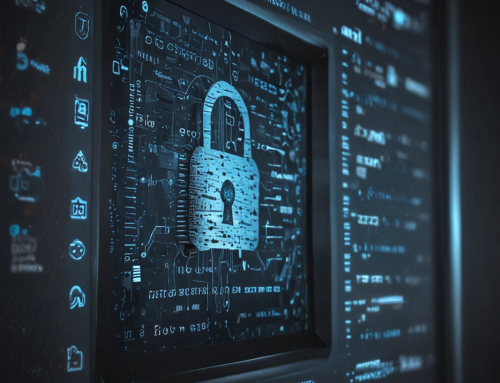The cybersecurity landscape is in a perpetual state of evolution, driven by technological advancements and increasingly sophisticated cyber threats. At the heart of this transformation lies artificial intelligence (AI), which is reshaping how businesses and IT professionals approach digital security. Recent insights from 2024 U.S. cybersecurity conferences have shed light on AI’s pivotal role in predicting and preventing cyber-attacks, fundamentally shifting the paradigm from reactive to proactive defense strategies.
AI’s Proactive Approach to Cybersecurity
In the past, cybersecurity strategies were predominantly reactive – systems were fortified and breaches were addressed after they occurred. However, AI has introduced a more proactive methodology. By analyzing vast amounts of data in real-time, AI models can predict potential threats and vulnerabilities before they manifest as attacks. This predictive capability enables organizations to fortify their defenses and mitigate risks preemptively.
At the forefront of this shift are AI-powered tools that leverage machine learning algorithms to analyze network patterns, identify anomalies, and forecast cyber threats. Conference discussions highlighted how AI’s ability to learn from historical data and adapt to new threat vectors is revolutionizing cybersecurity practices.
Autonomous Detection and Response
One of the most compelling insights from the 2024 conferences was AI’s growing capacity for autonomous threat detection and response. This capability significantly reduces the burden on cybersecurity professionals, who are often overwhelmed by the sheer volume of threats. AI systems can autonomously scan for breaches, isolate affected areas, and initiate countermeasures – often faster than human intervention could achieve.
For example, advanced AI-driven platforms can detect irregular data flows indicative of a breach and immediately quarantine the affected network segment. Such rapid response times are not only crucial for minimizing damage but also for maintaining the trust of stakeholders and customers.
Challenges and Ethical Considerations
Despite its advantages, the integration of AI into cybersecurity is not without challenges. One of the primary concerns is data privacy. AI systems require access to extensive datasets to function effectively, which raises questions about the handling and protection of sensitive information.
Ethical considerations also come into play. The potential for AI to be harnessed by malicious actors to enhance their own attack strategies is a genuine threat. Cybersecurity experts at the conferences emphasized the need for stringent ethical guidelines and robust security measures to prevent the misuse of AI technologies.
The Business Imperative
For businesses, adopting AI-driven cybersecurity strategies is no longer optional; it’s imperative. Organizations that harness the power of AI in their cybersecurity frameworks are better positioned to protect their data and infrastructure from both known and emerging threats. However, it’s crucial for these strategies to be dynamic. Cyber threats are continually evolving, and so must the defenses against them.
Business leaders should invest in continuous learning and adaptation, ensuring that their cybersecurity teams are equipped with the latest AI tools and techniques. The integration of physical security measures, such as network port locks, also plays a crucial role in protecting against malware, viruses, and data theft.
Staying Ahead of the Curve
The insights from the 2024 cybersecurity conferences underscore AI’s transformative impact on the industry. By shifting focus from reactive to proactive measures, AI is enabling organizations to stay one step ahead of cyber threats. However, as AI continues to evolve, it is essential for businesses and IT professionals to address the associated challenges and ethical considerations proactively.
By fostering an environment of continuous innovation and vigilance, businesses can leverage AI not just as a tool for defense, but as a strategic advantage in the digital age. To stay informed and ahead of the curve, IT professionals and business leaders must remain engaged with the latest developments in AI and cybersecurity, ensuring their strategies are both resilient and adaptable.










